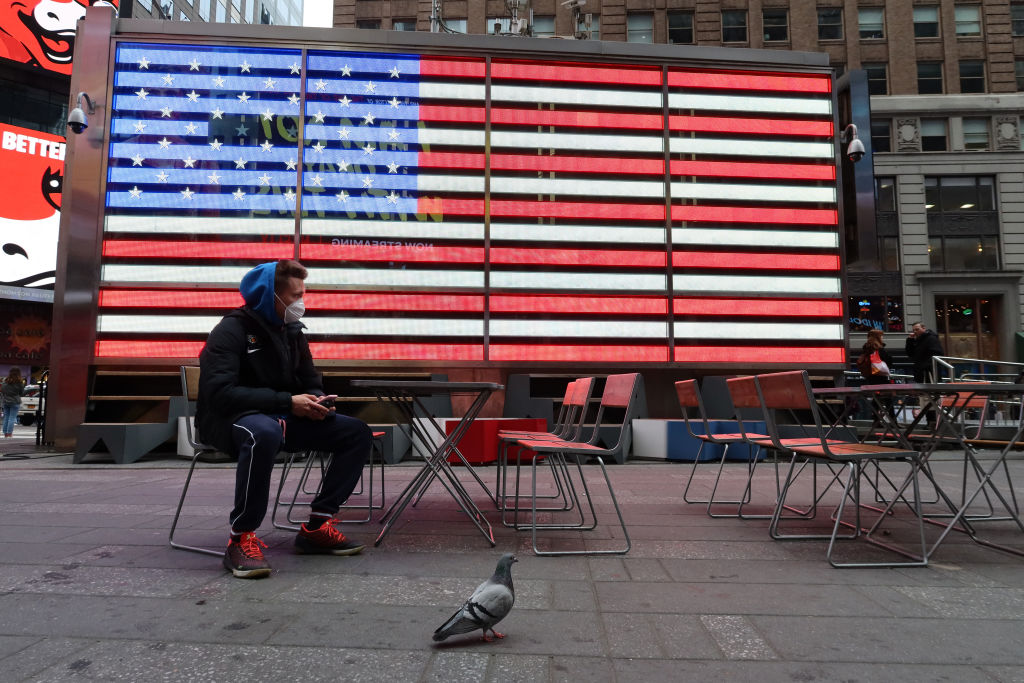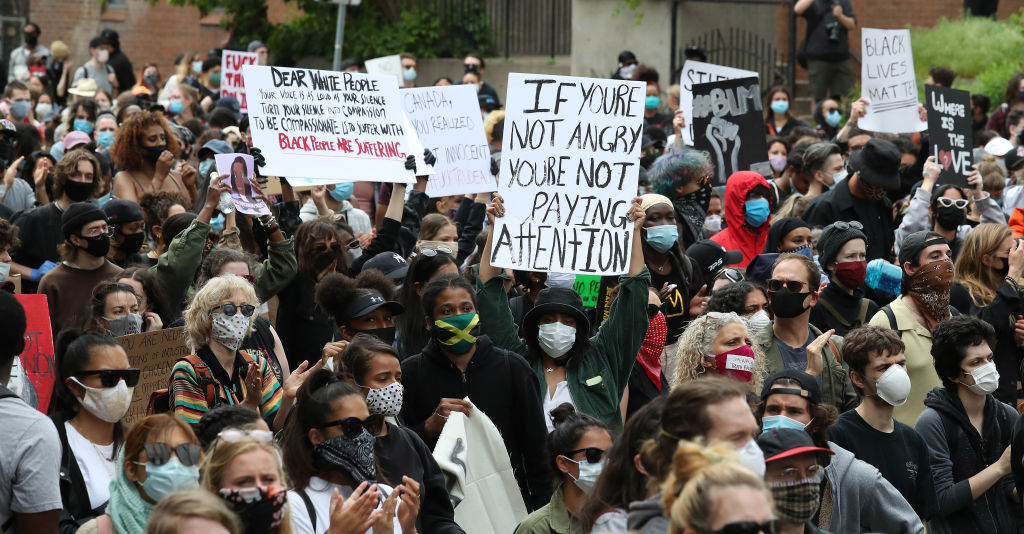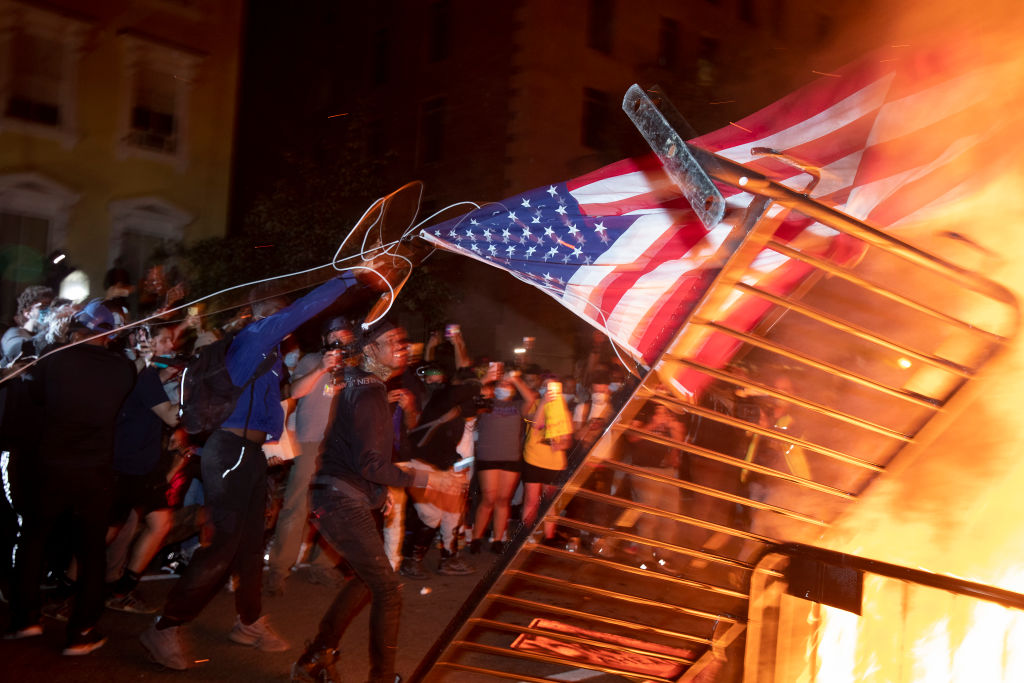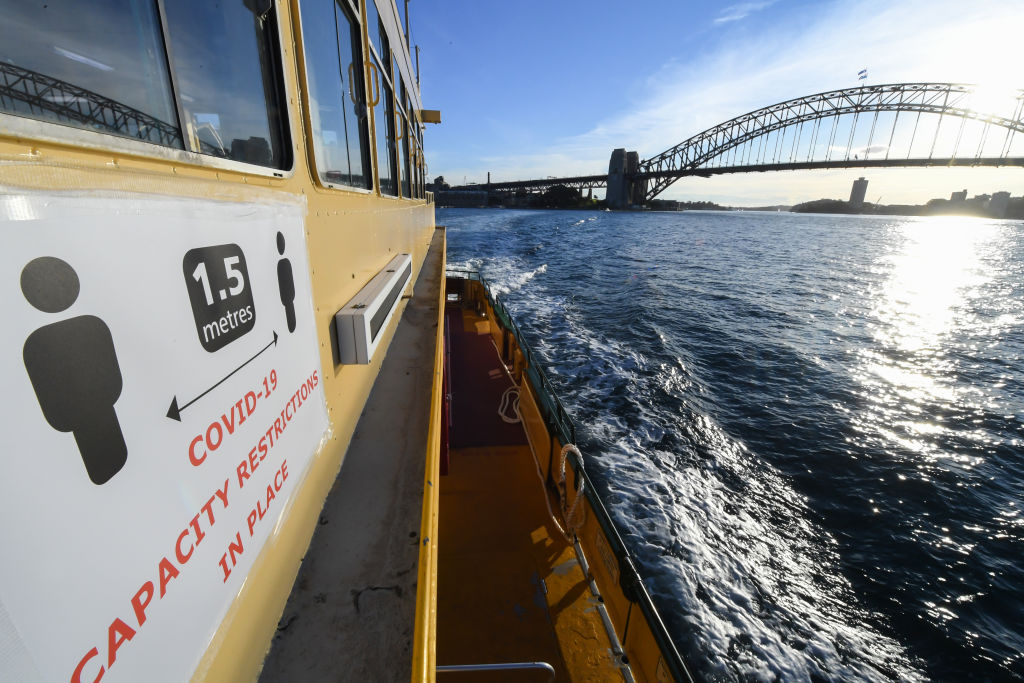The geopolitics of the pandemic year

We have reached the mid-point of the year of Covid-19.
Pandemics surge with the seasons while we seek order using the chronology of the calendar.
Halfway through 2020, much has exploded, some old stuff has been re-energised and many trends have sped up. These are the roughest of orderings, seeking to discern what’s terminal and what’s trend, and whether the energy is expiring or expanding.
Covid-19 has exploded the spheres of health and economics. This column will look beyond those smashed-up places at what these six months have done to geopolitics.
Two guides in the search for meaning are the virus and regional order series from the Council for Security Cooperation in the Asia Pacific (CSCAP) and ASPI’s After Covid-19, volume 1, Australia and the world rebuild. Watch out for volume 2, due for publication near the end of July.
Global balance shakes: The world is going multipolar, but there’s not much balance and the poles are all over the place. Pandemic adds more wayward energy to the unbalanced feeling.
In his ASPI chapter on the global balance of power, Rod Lyon notes that the balance is always shifting. ‘Pandemics’, he says, ‘tend to magnify and accelerate geopolitical changes already underway in the international system’.
Ralph Cossa, in the CSCAP series, doesn’t see a geopolitical game-changer so much as more power for old habits: ‘patterns and attitudes that are already evident will be accentuated’.
Cossa in Hawaii and Lyon in Canberra are two of my sages (my Ralph and Rod reference points). When their views rhyme, take it to the bank.
Add to that rhyme the line the secretary-general of the United Nations, Antonio Guterres, has often used since starting in the role in January 2017: ‘We no longer live in a bipolar or unipolar world, but neither are we yet in a multipolar world. We are in a chaotic situation of transition.’
The malaise of multilateralism: The chaos of the new world disorder helps power the pandemic. Covid-19 pushes rather than creates the malaise. As Jusuf Wanandi comments from Jakarta, ‘international cooperation has been late and lax’.
At the mid-point of 2020, we have fundamental lessons about the need for robust and trusted multilateral institutions (calling the World Health Organization). The experience has switched Australia’s government from parroting neoconservative nostrums about ‘negative globalism’ to a new understanding of what multilateralism could and should deliver.
Governments are back: They never went away. Yet the pandemic shows anew that some things, only government can do. Turn to the state for quarantine, tracking and treatment—and the vaccination we pray science can discover. Covid-19 re-energises government. Competent government, even better, which leads to …
Experts and science are back: The world of alternative facts and fake news confronts a deadly challenge. As ASPI’s Fergus Hanson writes, the crisis demonstrates the limits of ‘post-truth populism, with its simplistic denial of reality … The governments that tried to treat the virus as though it were a culture war issue and beatable through bluster paid a devastating price among their citizens.’
You can’t actually pick your own facts, no matter how loud you shout. And that brings us to …
The US president: For the first three years of Donald Trump’s presidency, commentators pondered how he’d handle a real crisis. Now we know. As Lyon notes, the pandemic has killed more Americans than were lost in World War I (116,000), Korea (37,000) or Vietnam (58,000).
When the US economy surges, sitting presidents get re-elected. At the start of this year, Trump was well placed to win in November, with his highest approval rating in three years. Now he has a one-in-five shot at re-election. Trump has bungled his war and lost his economy.
China and the US in Asia: The two giants are going to compete and challenge each other to compel changes. The coronavirus provides a new performance metric.
As ASPI’s Peter Jennings judges: ‘Covid-19 has further accelerated strategic change, made the challenges of dealing with an assertive China more immediate and difficult, highlighted the inadequacies of the Trump administration and deepened worries about American capacity and intent to underwrite Indo-Pacific security.’
In the CSCAP collection, Cossa comments:
It’s hard to see the US–China relationship going any way but backwards. This is usually the case in an American election year. This year, with China’s failings more evident and with the pandemic hitting the US so badly, the political class will focus even more on China and in particular the Administration will want to blame China.
From Singapore, Peter Ho predicts China will emerge from this crisis stronger and more confident:
The Trump Administration’s unsympathetic handling of international institutions has come to a head with the decision to freeze funding for the WHO. There is now an inherent question about how much reliance can be placed on American leadership. In Asia, many governments will continue to harbour suspicions about China, but they will hedge their bets even more.
Entering 2020, the fireworks of a US presidential year were always going to put fizz and fuss into the multilateral malaise and the shaky global balance in the chaotic transition towards a multipolar world. Add to this mix a vicious virus.
As the death toll grows, the sense of pandemic panic has actually ebbed. However dreadful, experience always delivers some understanding. Along with anger and aguish, there’s adaption and adjustment. At the mid-point in the year of Covid-19, the world knows what’s been smashed and what must be saved and remade.









